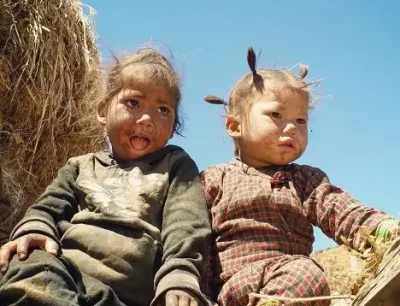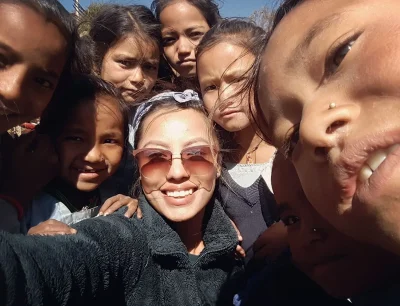Bridging the Gap: The Vital Role of Education and Technology in Remote Areas
Empowering remote communities through education and technology is not just an option; it is a necessity. It is the key t

Empowering remote communities through education and technology is not just an option; it is a necessity. It is the key t

A window into the daily activities of three day training given to the Community Support Officers under the program funde

Selfie with the girls reflects hope and potential, embodying dreams waiting to unfold
